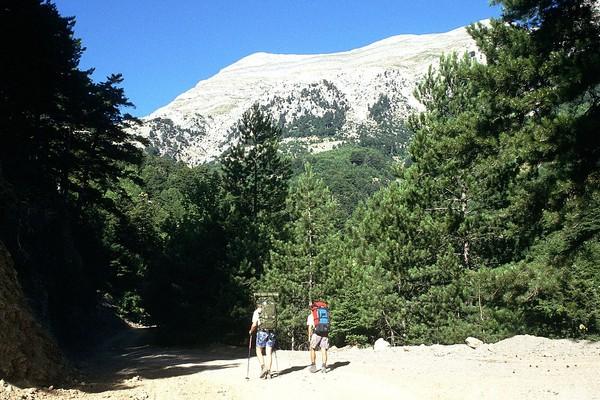- Nearby Sightseeing
Gola Monastery
Gola, Sparti, Laconia, Peloponnese
Gola Monastery
Vaidenitsa Monastery
Saidona, Ditiki Mani, Messenia, Peloponnese
Vaidenitsa Monastery
Tower of Kitriniari
Saidona, Ditiki Mani, Messenia, Peloponnese
Tower of Kitriniari
Amphitheatre of Xirokampi
Xirokampi, Sparti, Laconia, Peloponnese
Amphitheatre of Xirokampi
Hellenistic Bridge
Xirokampi, Sparti, Laconia, Peloponnese
Hellenistic Bridge
Agios Samouil Monastery
Saidona, Ditiki Mani, Messenia, Peloponnese
Agios Samouil Monastery
Botanical & Geological Museum of Mount Taygetos
Anavryti, Sparti, Laconia, Peloponnese
Botanical & Geological Museum of Mount Taygetos
Papadakos Tower
Arna, Sparti, Laconia, Peloponnese
Papadakos Tower
Dourakis Tower
Kastania, Ditiki Mani, Messenia, Peloponnese
Dourakis Tower
Mourtzinos Tower
Kardamyli, Ditiki Mani, Messenia, Peloponnese
Mourtzinos Tower
Vafeio - Ancient City of Faris
Vafio, Sparti, Laconia, Peloponnese
Vafeio - Ancient City of Faris
The Sanctuary of Apollo Amyklaios
Agia Kiriaki, Sparti, Laconia, Peloponnese
The Sanctuary of Apollo Amyklaios
Meropi Fortress
, Ditiki Mani, Meropi Island, Peloponnese
Meropi Fortress
Mystras Camera Museum - Takis Aivalis
Mystras, Sparti, Laconia, Peloponnese
Mystras Camera Museum - Takis Aivalis
Castle of Mystras - Villehardouin's Castle
Mystras, Sparti, Laconia, Peloponnese
Castle of Mystras - Villehardouin's Castle
